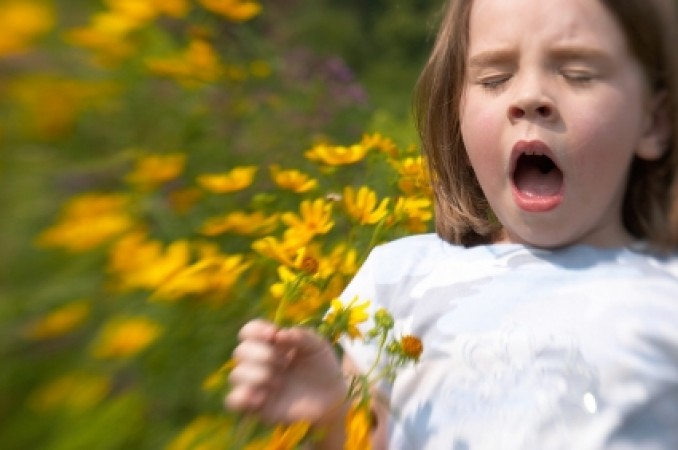
Seasonal allergies, or allergic rhinitis, are a common concern among children, particularly during times of weather transition. The triggers for these allergies are usually airborne particles like pollen, mold spores, pet dander, and dust mites, which tend to be more prevalent during specific seasons. In this article, we'll take a comprehensive look at what causes seasonal allergies in children, how to recognize the symptoms, and the most effective ways to manage and treat them.
Seasonal allergies, also known as allergic rhinitis or hay fever, occur when a child's immune system reacts to allergens present in the air. These allergens can include pollen from trees, grasses, and weeds, as well as mold spores, dust mites, and pet dander. When inhaled, these allergens trigger an immune response, causing symptoms such as sneezing, runny nose, itchy eyes, and throat irritation.
Understanding the common triggers of seasonal allergies in children is essential for parents and caregivers to take appropriate preventive measures. These triggers include:
Pollen: Pollen is a prevalent allergen, particularly during spring and fall, when trees, grasses, and weeds release it into the air. Children may inhale these particles, leading to allergic reactions.
Mold Spores: Mold spores are abundant in damp and humid environments, making them a common trigger for allergies, especially after rainfall or in areas with high humidity.
Dust Mites: Dust mites, microscopic insects that thrive in household dust, bedding, and soft furnishings, are a significant cause of allergic reactions in children.
Pet Dander: Proteins found in a pet's skin cells, urine, and saliva can also trigger allergic responses in sensitive children, especially if they have close contact with pets.
Recognizing the symptoms of seasonal allergies in children is vital to ensure prompt and appropriate management. Common symptoms include:
Sneezing and Runny Nose: Children with seasonal allergies often experience frequent sneezing and a runny or congested nose, which can be persistent and bothersome.
Itchy, Watery Eyes: Allergic reactions can lead to itching, redness, and excessive tearing in the eyes, causing discomfort and irritation.
Coughing and Throat Irritation: Allergies can also manifest as a persistent cough and irritation in the throat due to postnasal drip.
Fatigue and Irritability: The persistent discomfort and disrupted sleep associated with allergies can result in increased fatigue and irritability in affected children.
Managing seasonal allergies in children involves a combination of preventive measures and treatment options. These include:
Allergen Avoidance: Parents and caregivers can minimize a child's exposure to allergens by keeping windows closed during high pollen seasons, using air purifiers, and maintaining a clean living environment.
Medications: Antihistamines, decongestants, and nasal sprays can provide relief from allergy symptoms. However, it's important to consult a healthcare professional before administering any medication to a child.
Allergy Shots (Immunotherapy): In severe cases, allergists may recommend allergy shots to help desensitize a child's immune system to specific allergens, reducing the severity of allergic reactions over time.
If you suspect that your child is suffering from seasonal allergies, it's crucial to seek guidance from a healthcare professional. Pediatricians or allergists can conduct tests to identify specific allergens and develop a personalized treatment plan to manage your child's symptoms effectively.
Understanding the causes and symptoms of seasonal allergies in children empowers parents and caregivers to take proactive steps to alleviate discomfort and enhance the child's quality of life, especially during weather changes.
In summary, seasonal allergies can significantly impact a child's well-being, with triggers such as pollen, mold spores, dust mites, and pet dander causing allergic reactions. Recognizing the symptoms and employing effective treatment strategies can make a substantial difference in managing these allergies for children. Consulting a healthcare professional for a proper diagnosis and tailored management plan is essential.